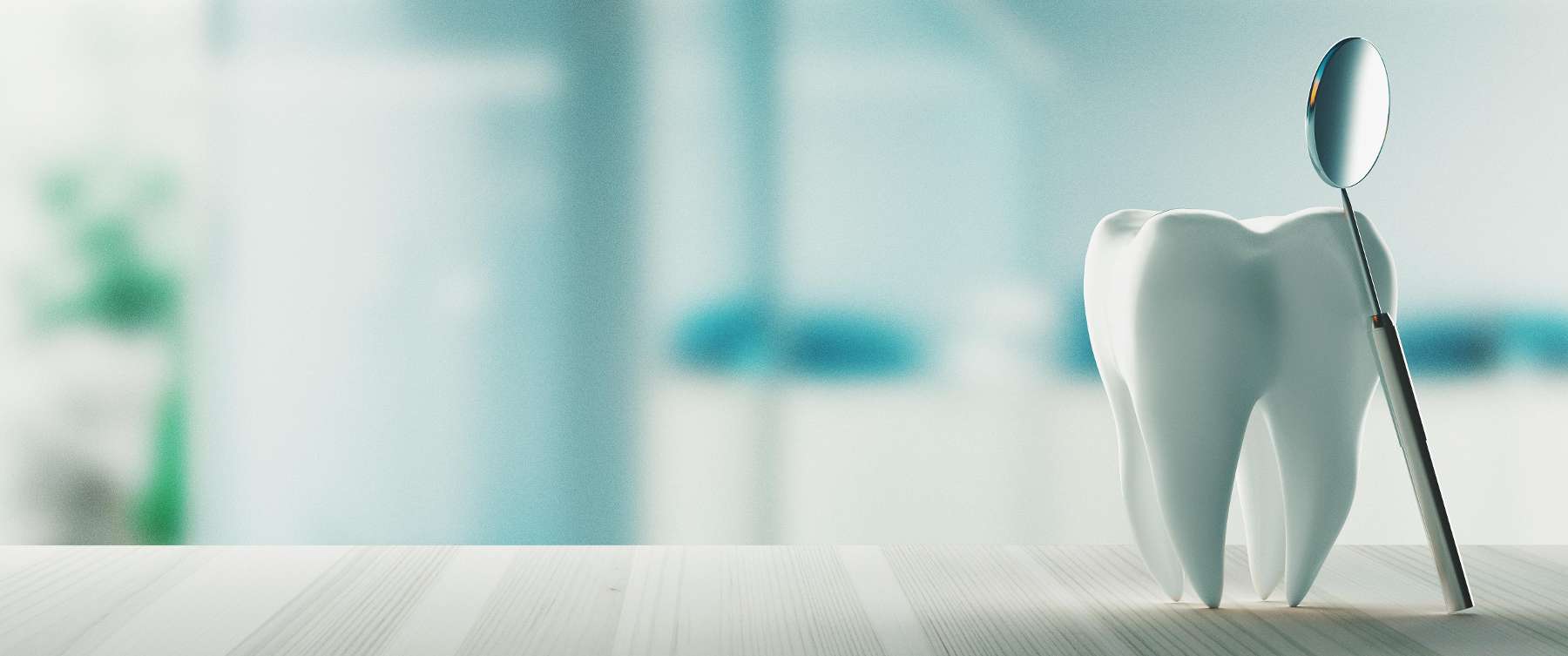
When you hear the dentist reciting numbers while the inside of your mouth is being examined you may think your teeth are being counted. Not so. Your gum health is actually being assessed.
“Gum health can be assessed with a calibrated dental instrument,” says Martin Hogan, DDS, Loyola University Medical Center. “The pocket between the gum and the tooth or root is measured. Dentists will often take measurements of the pocket depth to get a feel for the health of a patient’s gum tissue. Healthy gum tissue will usually yield numbers of less than 4 mm. Higher numbers indicate that the tissue is inflamed and some dental treatment may be necessary.”
Typically, 1 — 3 mm is healthy, 4 is a warning and anything over 5 is a call to action to prevent disease. When a 5 or 6 mm pocket is recorded, a deep cleaning may be recommended. “Patients are numbed and we use special instruments to remove the buildup,” he says. “Patients at risk are then scheduled for a regular cleaning every three months until their gum health has improved.” In rare instances when numbers are higher, gum surgery is conducted. “The gums are flapped back for better access during cleaning and then sutured together,” says Hogan, who regularly performs dental surgery at Loyola Center for Oral Health. “Many patients return to regular activity, including work, immediately.” The stitches are removed later and healing is assessed.
Gums recede and become inflamed or infected due to a buildup of bacteria. “All particles such as food and drink that enter the mouth can potentially lead to inflammation and decay if they are not removed properly,” says Hogan, who also is an assistant professor at Loyola University Chicago Stritch School of Medicine. “Particles often are trapped between the teeth and gum, that’s why we use toothbrushes to sweep out the buildup.”
Gum disease and tooth decay account for about 90 percent of tooth loss, according to the American Dental Association. “The good news is that gum disease is largely preventable through regular brushing, flossing and dental cleanings,” says Hogan. “The bad news is that not many people like flossing their teeth and many brush improperly.”
Manipulating strands of dental floss may be awkward for many. “Individual picks with single use dental floss are easy to maneuver inside the mouth and are inexpensive,” says Hogan. “Many toothbrushes have a rubber pick at the end. A swish of mouthwash also is good to remove extra debris trapped in teeth.”
Both do not replace brushing. “Dental work can be expensive and take time away from work and other activities. This is why we continue to stress preventative measures such as brushing, flossing and routine dental visits, in hopes of avoiding costly and time consuming procedures,” says Hogan
Adapted from: http://www.sciencedaily.com/releases/2015/01/150126124443.htm



